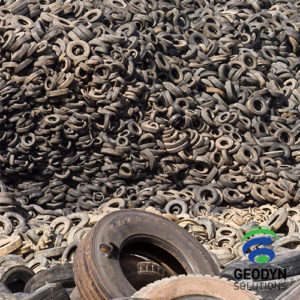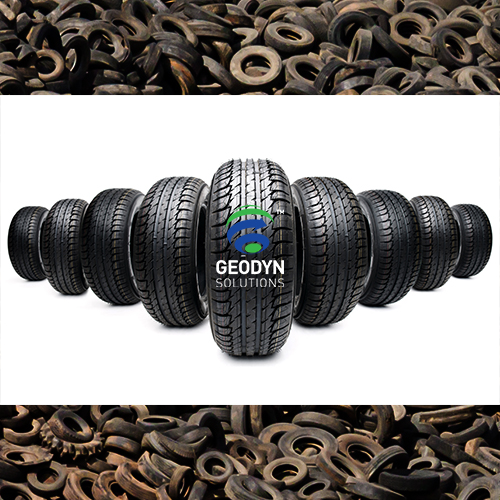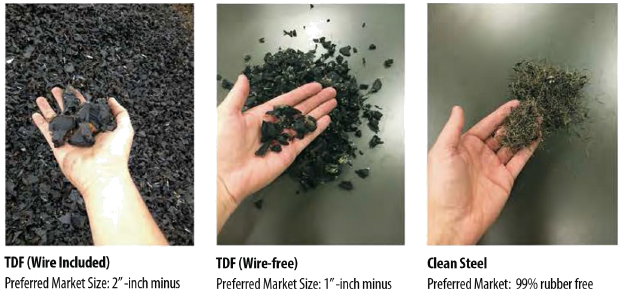Tires are an essential component of vehicles that enable them to move and provide traction on the road. However, tires have become a significant environmental concern due to their non-biodegradable nature and the accumulation of waste in landfills. The good news is that there are tire recycling solutions available to mitigate this environmental problem.
 One of the most common tire recycling solutions is mechanical recycling. Mechanical recycling involves breaking down used tires into smaller pieces and then shredding them into small chips that can be used as raw materials for making new tires, construction materials, and playground surfaces. This process reduces the amount of waste that ends up in landfills and conserves natural resources by reducing the need to extract new materials.
One of the most common tire recycling solutions is mechanical recycling. Mechanical recycling involves breaking down used tires into smaller pieces and then shredding them into small chips that can be used as raw materials for making new tires, construction materials, and playground surfaces. This process reduces the amount of waste that ends up in landfills and conserves natural resources by reducing the need to extract new materials.
Another tire recycling solution is pyrolysis, which involves heating tires in the absence of oxygen to produce oil, gas, and carbon black. This process is an effective way to recover the energy value of tires while also reducing the amount of waste that ends up in landfills. The oil and gas produced can be used as fuel, while carbon black can be used as a reinforcing agent in rubber products.
Chemical recycling is another tire recycling solution that involves breaking down tires into their chemical components to produce new products. This process is still in its early stages of development, but it has the potential to transform the way we recycle tires. Chemical recycling can convert tires into raw materials for the production of chemicals, plastics, and other materials, reducing the need for new materials and conserving natural resources.
In addition to these recycling solutions, there are also initiatives to use tires for energy generation. Tires can be burned to generate electricity, which can be used to power homes, businesses, and industries. This method of tire recycling reduces the amount of waste in landfills while also providing a source of energy.
I would like to point out that tire recycling solutions require significant energy and resources. It is, therefore, crucial to reduce tire waste through measures such as tire reuse, retreading, and proper tire maintenance. Tire manufacturers can also play a role in reducing tire waste by designing tires that last longer and are easier to recycle.
In conclusion, tire recycling solutions are essential to mitigate the environmental impact of tire waste. Mechanical recycling, pyrolysis, chemical recycling, and energy generation are some tire recycling solutions available. However, reducing tire waste through measures such as tire reuse, retreading, and proper tire maintenance should be prioritized to minimize the need for tire recycling. It is crucial to continue researching and developing tire recycling technologies to improve efficiency and reduce environmental impact.



